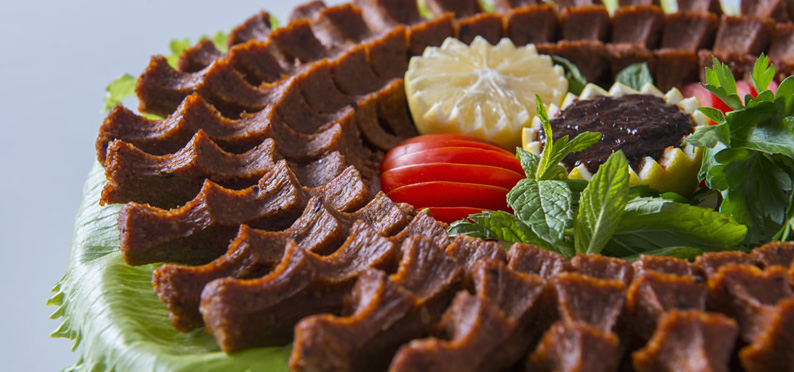Introduction
Turkish cuisine, with its rich mosaic of flavors and aromas, is a vivid testament to Turkey’s historical, cultural, and geographical diversity. Rooted in the legacy of the Ottoman Empire and influenced by surrounding cultures, it is a culinary tradition that offers more than just sustenance – it offers a journey through Turkey’s heritage.
The Historical Roots of Turkish Cuisine
Tracing its origins to the nomadic tribes of Central Asia, Turkish cuisine has evolved through the centuries, influenced by the numerous cultures within the Ottoman Empire. As the empire expanded, it absorbed culinary traditions from the Balkans, the Middle East, and the Mediterranean. This fusion created a diverse and sophisticated cuisine, distinguished by its flavors, ingredients, and techniques. The establishment of the Turkish Republic in the 20th century introduced new elements, as Western culinary practices were blended with traditional Turkish cooking, leading to the unique and varied cuisine we see today.
The Diverse Regions of Turkish Cuisine
Turkey’s geographical diversity significantly influences its culinary variety. The Black Sea region, with its abundant fish and corn, offers dishes like Hamsi (anchovy) and Muhlama (cornmeal with cheese). The Aegean and Mediterranean coasts are known for their olive oil-based vegetable dishes, fresh seafood, and mezes. The Central Anatolia region, with its harsh climate, focuses on hearty grain-based dishes like bulgur and wheat. The Southeastern Anatolia region is famous for its spicy kebabs and rich, syrupy desserts like baklava. Each region’s cuisine reflects its history, climate, and cultural interactions.
Key Ingredients of Turkish Cuisine
Essential ingredients form the backbone of Turkish cuisine:
- Meats: Lamb and beef are prevalent, often seasoned with a variety of spices.
- Vegetables: Eggplants, peppers, tomatoes, and legumes are staples.
- Grains: Bread is central to Turkish dining, with rice and bulgur also widely used.
- Dairy: Yogurt is a versatile ingredient, appearing in many dishes.
- Spices and Herbs: Mint, cumin, sumac, and red pepper add depth to dishes.
- Nuts and Dried Fruits: Almonds, pistachios, apricots, and figs are used in both savory dishes and desserts.
Iconic Turkish Dishes
Turkish cuisine boasts an array of iconic dishes that have captivated food lovers worldwide:
- Kebabs: From the skewered Şiş kebab to the spicy Adana kebab, they are a staple of Turkish barbecue.
- Meze: Small appetizer dishes, including favorites like Dolma (stuffed grape leaves) and Çiğ köfte (raw meatballs).
- Börek: Savory pastries filled with cheese, spinach, or minced meat.
- Turkish Delights and Baklava: Famous sweets that offer a taste of Turkish tradition.
The Culture of Turkish Street Food
The streets of Turkey are a culinary paradise, offering an array of quick and delicious foods. From the ever-popular Döner kebab to the stuffed mussels (Midye Dolma) and the crunchy, ring-shaped Simit, street food is an essential part of the Turkish food experience. These dishes not only provide a taste of the local flavors but also reflect the country’s dynamic and bustling life.
Turkish Cuisine in the Modern World
Today, Turkish cuisine continues to evolve, combining traditional recipes with modern trends. It has gained international acclaim, adapting to global palates while retaining its unique identity. Turkish chefs and restaurants around the world are introducing innovative approaches to classic dishes, making Turkish cuisine more accessible and appreciated globally.
Conclusion
Turkish cuisine, with its rich history and tapestry of flavors, offers more than just a meal – it offers an experience. It is a cuisine that tells stories of empires and trade routes, of local traditions and global influences. For food enthusiasts and cultural explorers alike, Turkish cuisine provides a delicious and enlightening journey into the heart of Turkey’s heritage and its people’s way of life.


